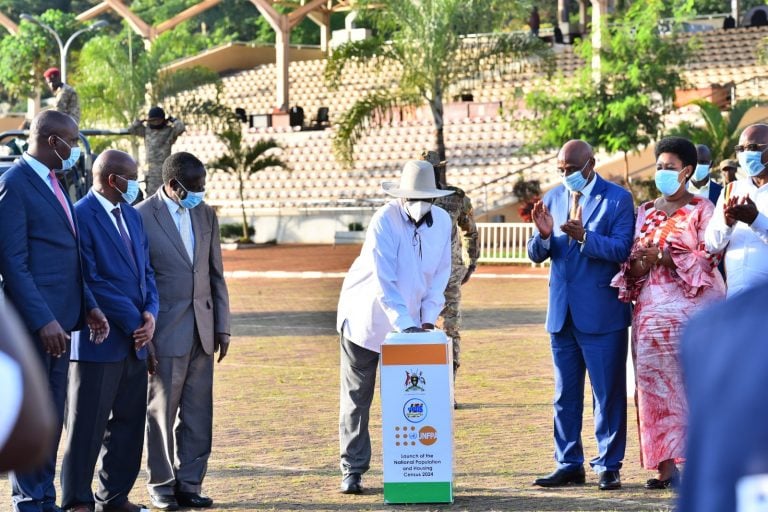The Uganda Bureau of Statistics (UBOS) has announced that it will release the final results of the 2024 National Population and Housing Census (NPHC) this Thursday, October 3, 2024.
Speaking at a press briefing, UBOS Spokesman Didacus Okoth confirmed that the event will take place at Kampala Serena Hotel and will be broadcast live on several media platforms, including NTV and UBC.
The highly anticipated census, which cost the government Shs 328.74 billion, serves as a vital tool for national planning and development. The preliminary results, launched on June 27, 2024, provided essential demographic statistics, including the total population of Uganda, the distribution of males and females, and breakdowns by age groups, including youth and the elderly.
According to Okoth, the forthcoming main report is expected to offer a more comprehensive analysis that goes beyond basic population figures.
“The main report will answer critical questions about how we are living, what we own, and where we access services,” he stated.
This includes detailed insights into various aspects of life in Uganda, such as a comparison of living conditions from the 2014 census to 2024, indicating changes in the number of households living in permanent structures versus temporary mud houses.
Access to services revealing data on how residents access essential services, including education and healthcare, as well as the distances traveled by children to reach schools. Information on the percentage of households with access to radios, televisions, and other essential household items, providing insights into the level of connectivity and media consumption.
In addition to general demographic data, the census will also focus on socioeconomic indicators that are crucial for assessing the development performance of the nation.
Okoth highlighted the inclusion of questions regarding mental health, a growing concern in Uganda.
“We have seen an increase in mental health issues, and this census will provide valuable information on how many people are affected,” he noted.
The census included over 160 questions aimed at gathering targeted statistical information about households. This extensive data collection will allow UBOS to measure changes in various sectors, such as the extent to which children and adults are able to access educational facilities, particularly in rural areas
How individuals access healthcare services and the implications for health policy and infrastructure planning, the status of transportation networks, including roads and their impact on market access and economic activities.

Okoth emphasized the importance of the census findings, stating that they will serve as a benchmark for future surveys and censuses over the next decade.
“This information will not just inform us today, but for the next ten years. It will be a reference point for policymakers, media, and the public alike,” he said.
The census data is expected to inform a variety of decision-making processes, from resource allocation to investment planning. Okoth urged stakeholders in the media and public sector to utilize the data effectively. “This rich information is invaluable for planners and will help shape our country’s development trajectory,” he added.
In light of the upcoming release, UBOS is encouraging media outlets and stakeholders to engage with the findings actively.
“We want to ensure that this data reaches every corner of the country and is used effectively, the census results are crucial for understanding how we are performing at the household and community levels.”Okoth stated.
According to preliminary results released on June 27, 2024, the total population is approximately 45.9 million, with a slightly higher number of females (23.4 million) compared to males (22.5 million), resulting in a sex ratio of 96.0. This indicates there are 96 males for every 100 females.
The annual growth rate of 2.9% suggests a healthy increase in the population, indicating ongoing demographic changes that will impact future planning for services and resources.
The total number of households is approximately 10.8 million, with an average household size of 4.4 individuals. The household population is reported as 45.5 million, which indicates that the vast majority of the population is living in households, essential for understanding social dynamics.




